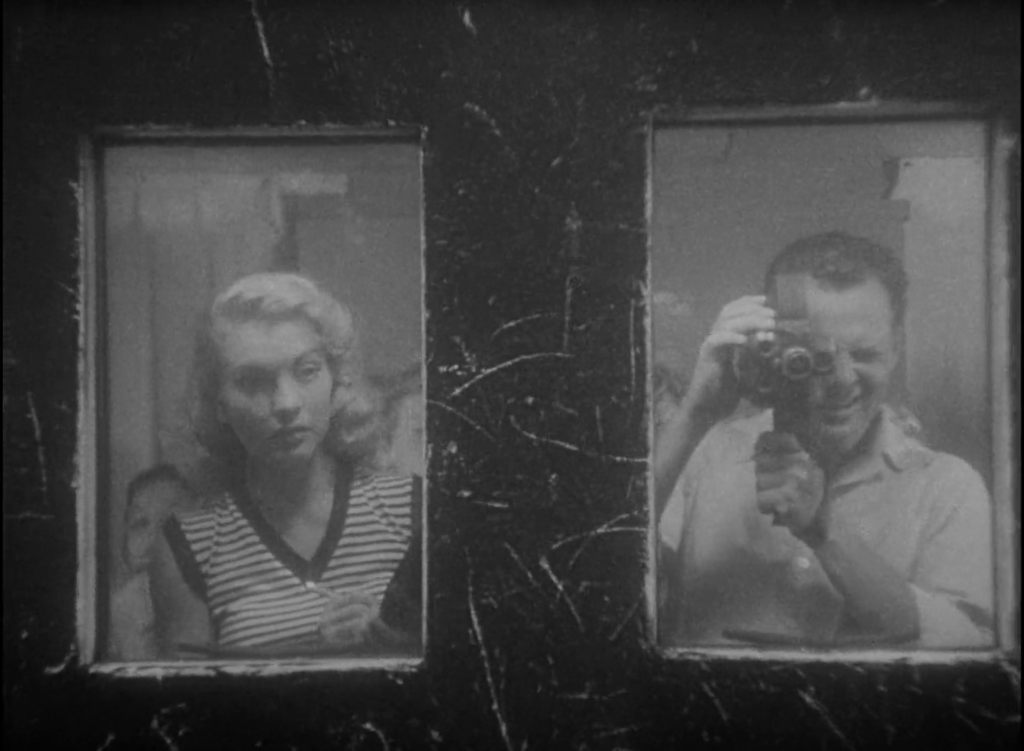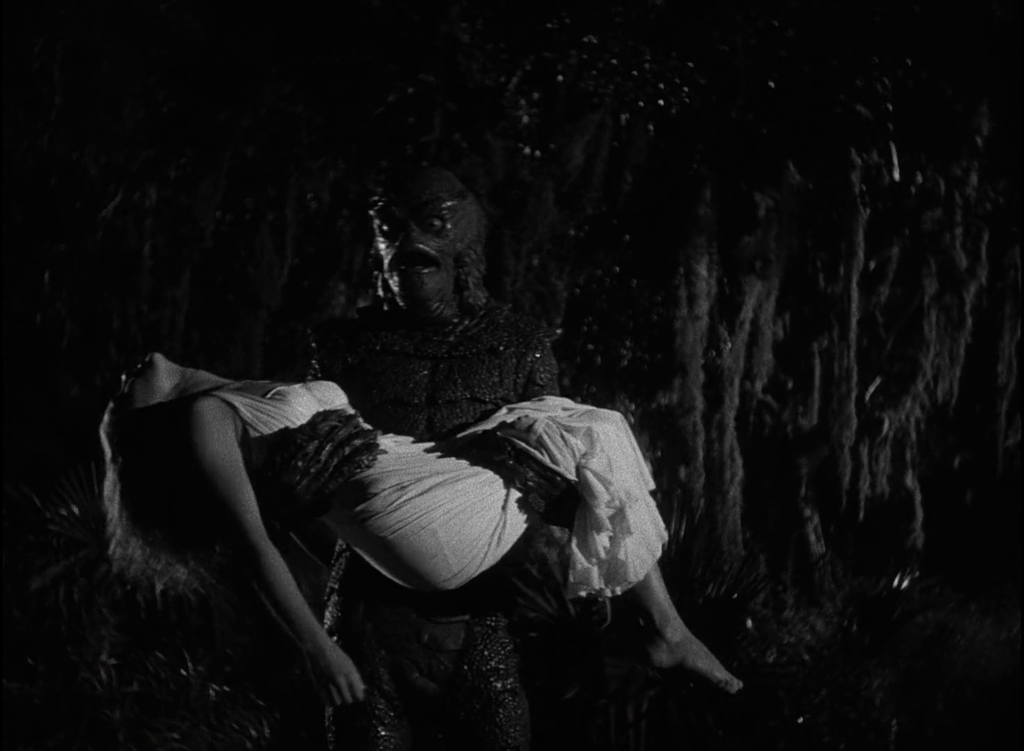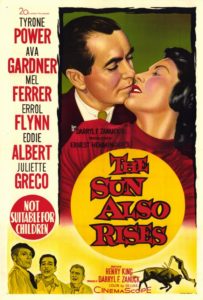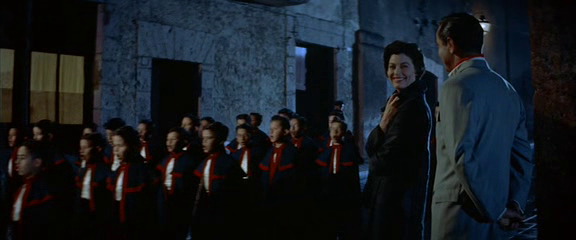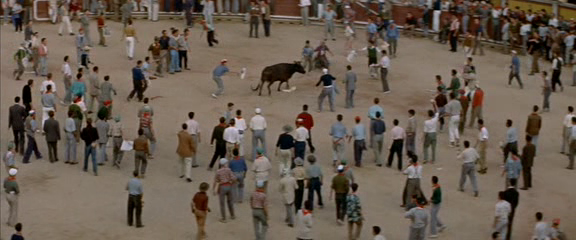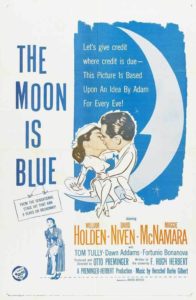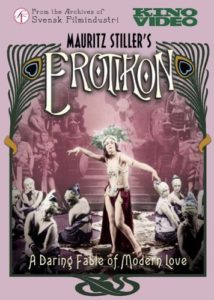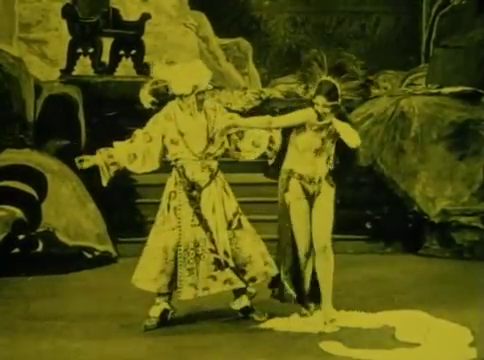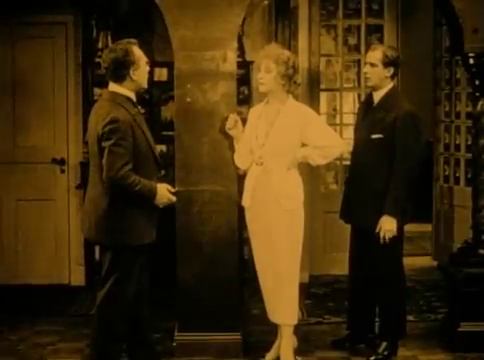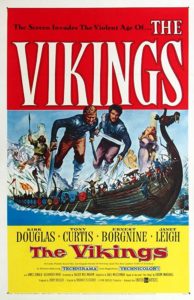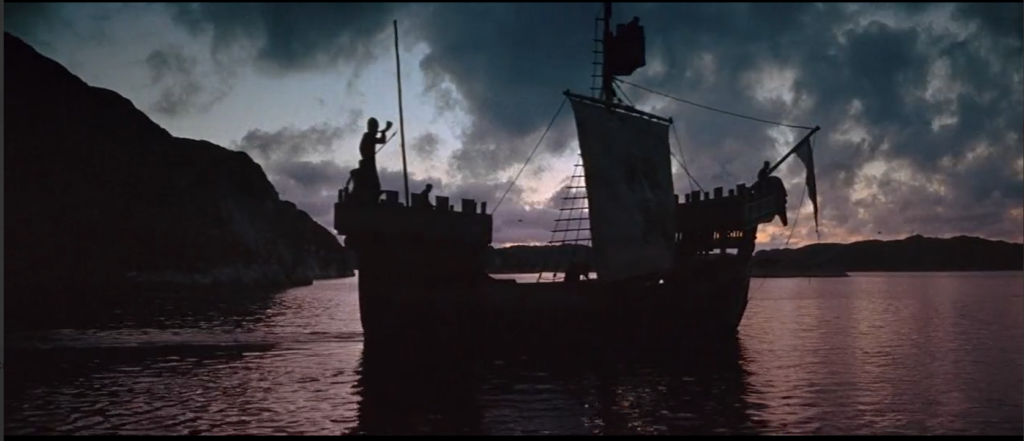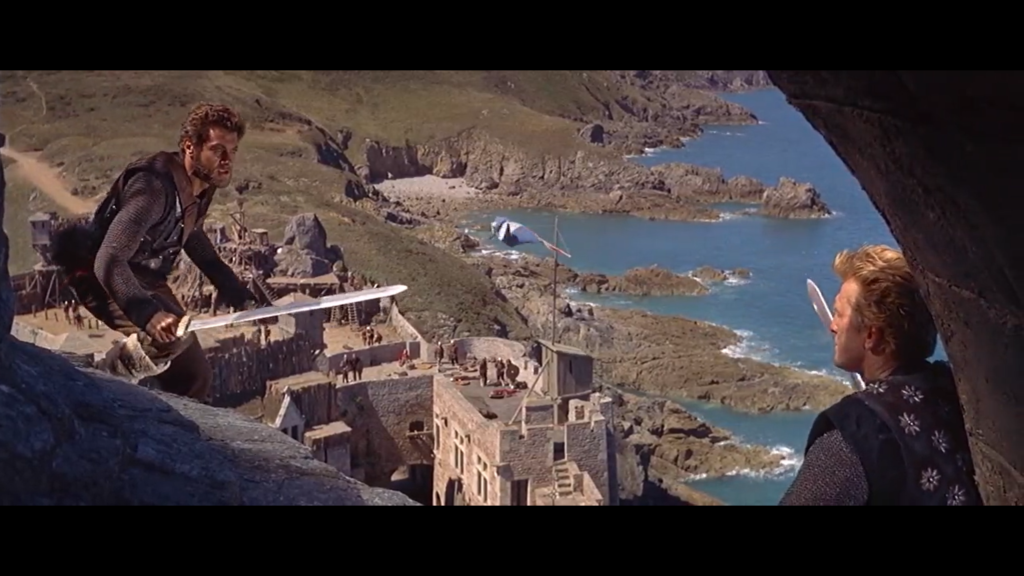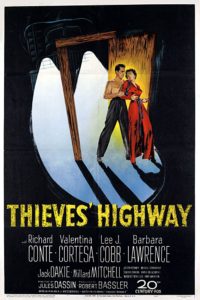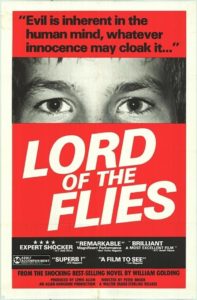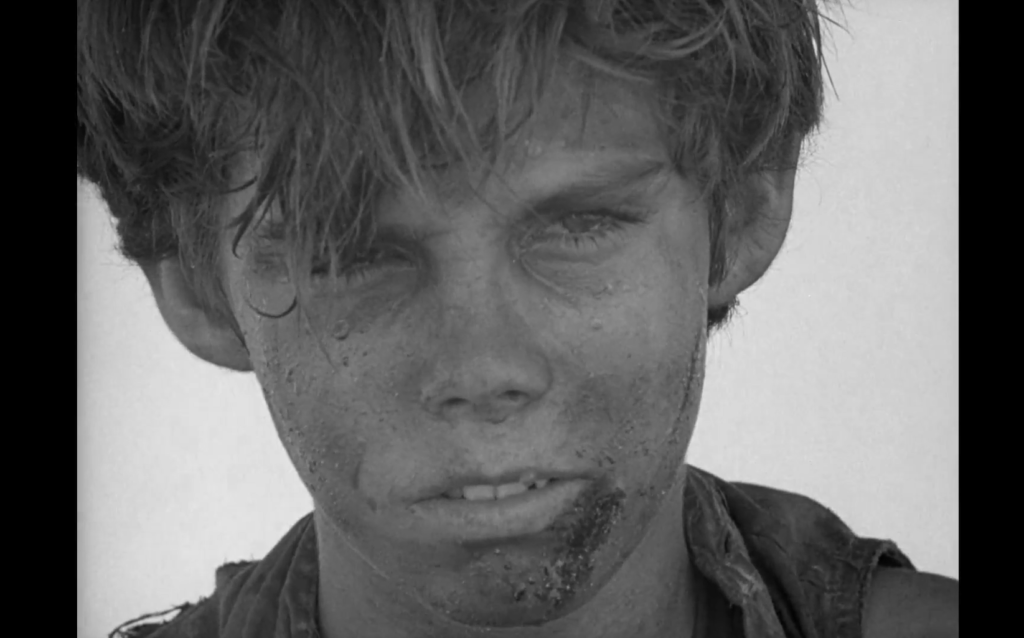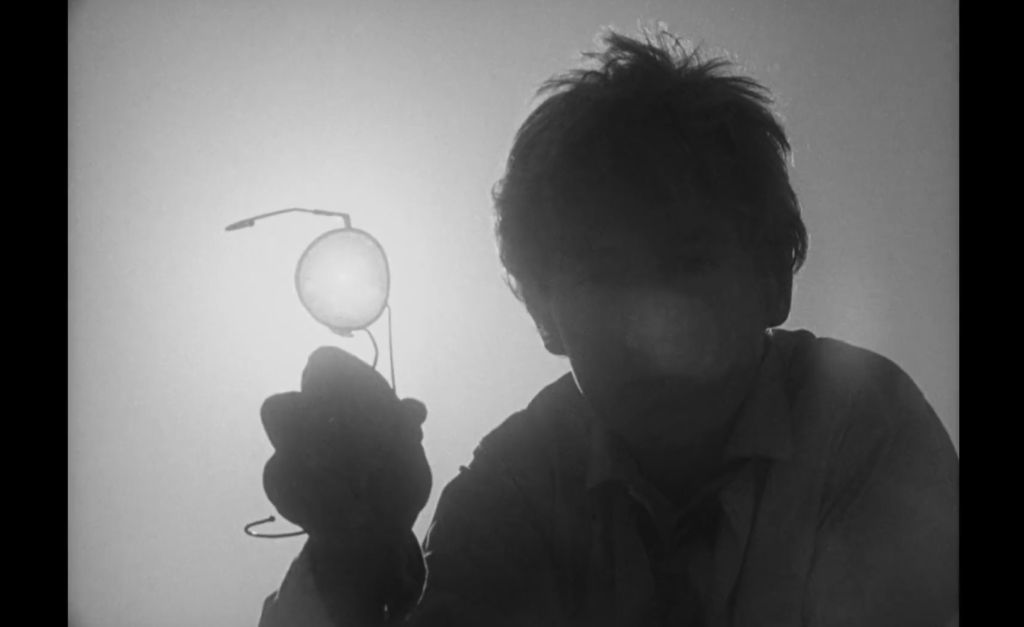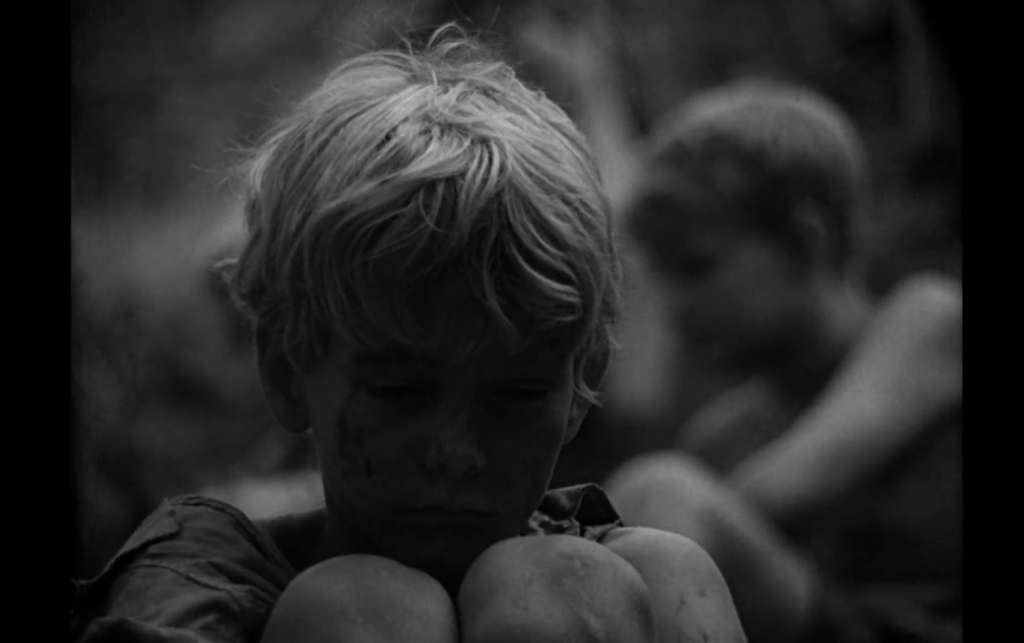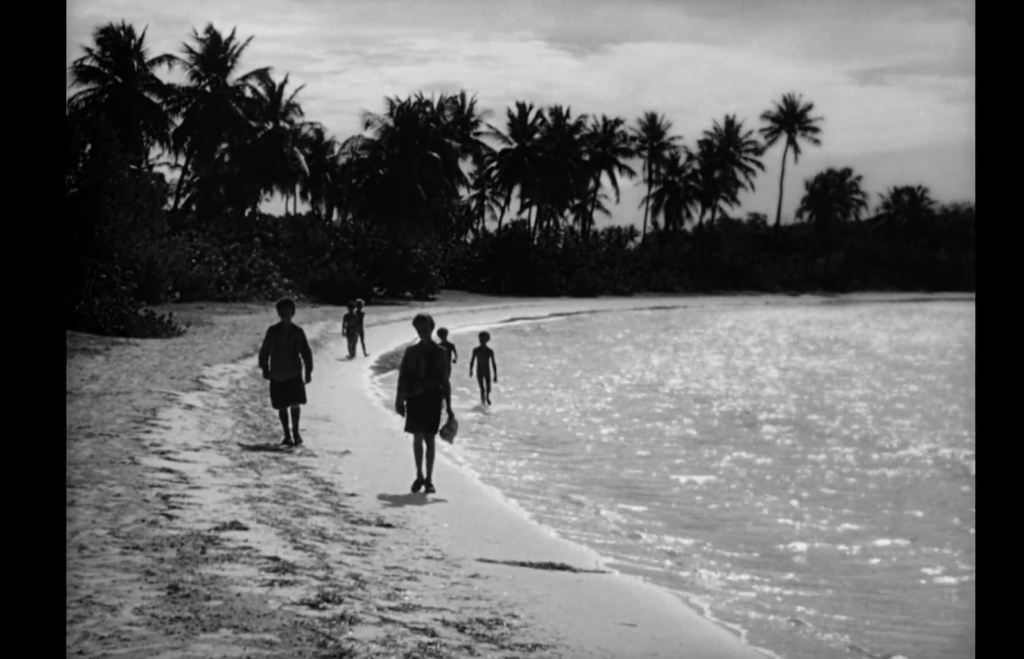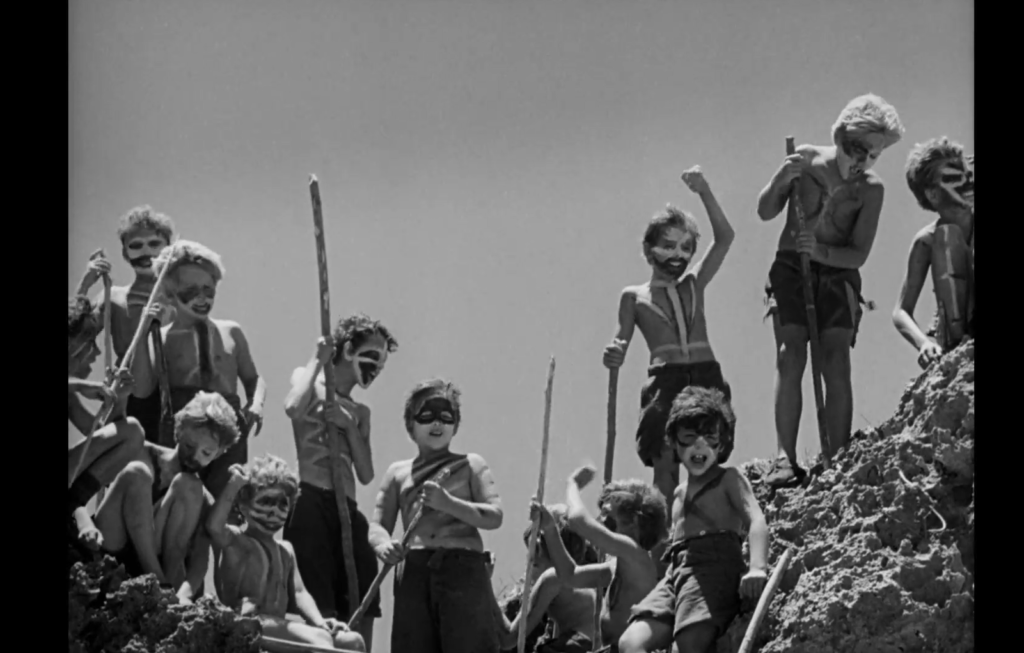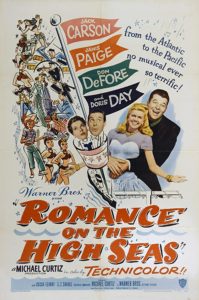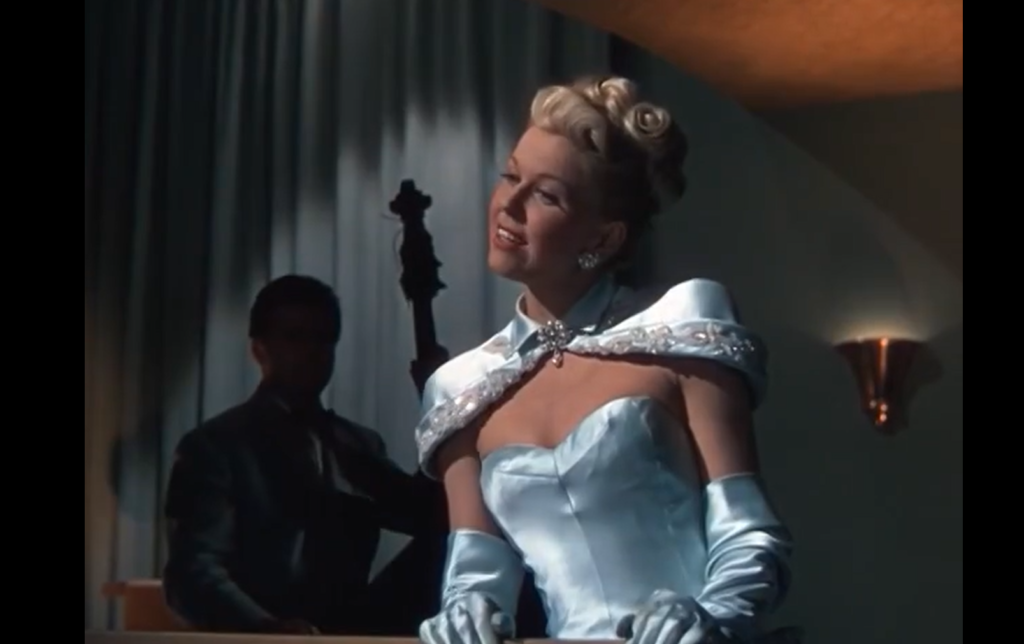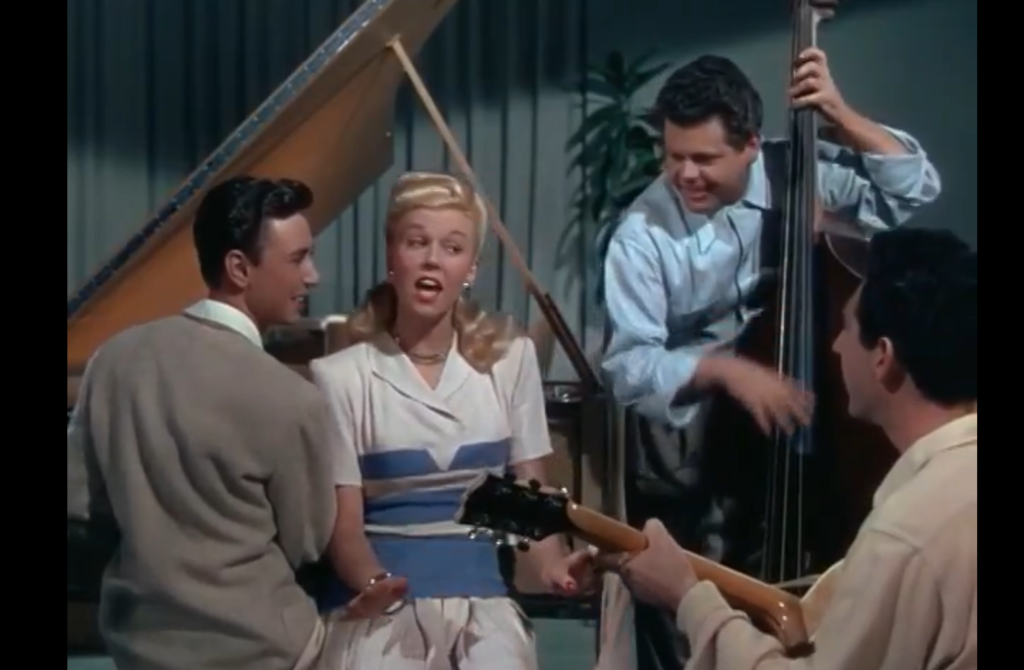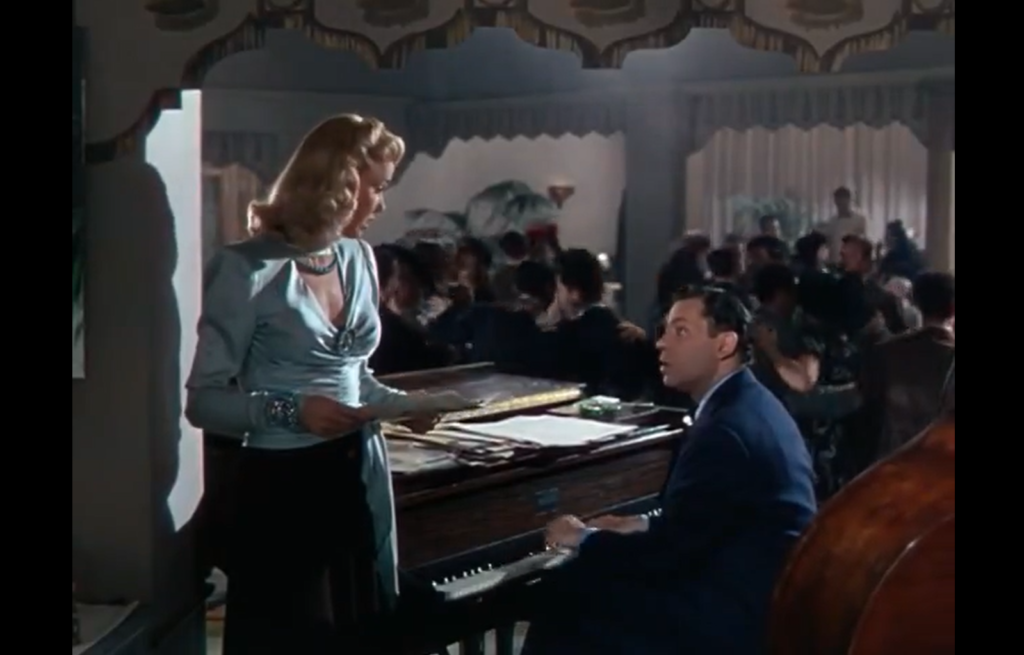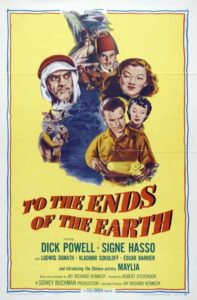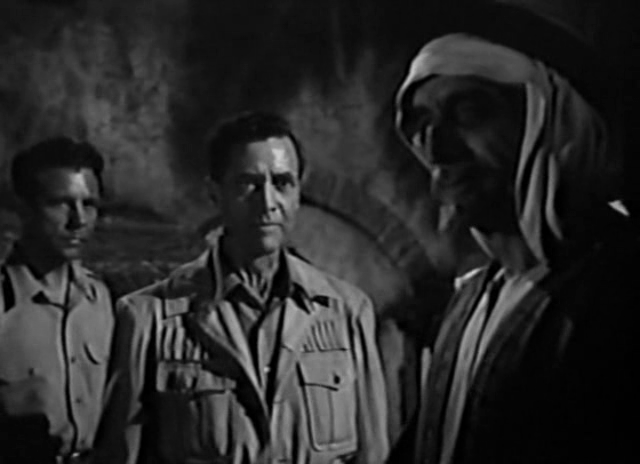|
Genres, Themes, Actors, and Directors:
- Corruption
- Jules Dassin Films
- Lee J. Cobb Films
- Revenge
- Richard Conte Films
- Truckers
Review:
A.I. Bezzerides — perhaps best known for scripting Mickey Spillane’s Kiss Me Deadly (1955) — wrote the source novel and screenplay for this powerfully gritty noir tale about deep corruption in the trucking and agricultural industries. Made just before Night and the City (1950), this was director Jules Dassin’s next-to-last American film — following on the heels of Brute Force (1947) and The Naked City (1948) — before he was branded a communist by HUAC and left for Europe, where he found renewed success. Thieves’ Highway is relentless in its skewering of deceit and manipulation at every level of blue-collar business: while Conte (highly effective in the lead role) comes home from the war bearing numerous exotic baubles and excited to marry his mercenary fiancee (Barbara Lawrence):
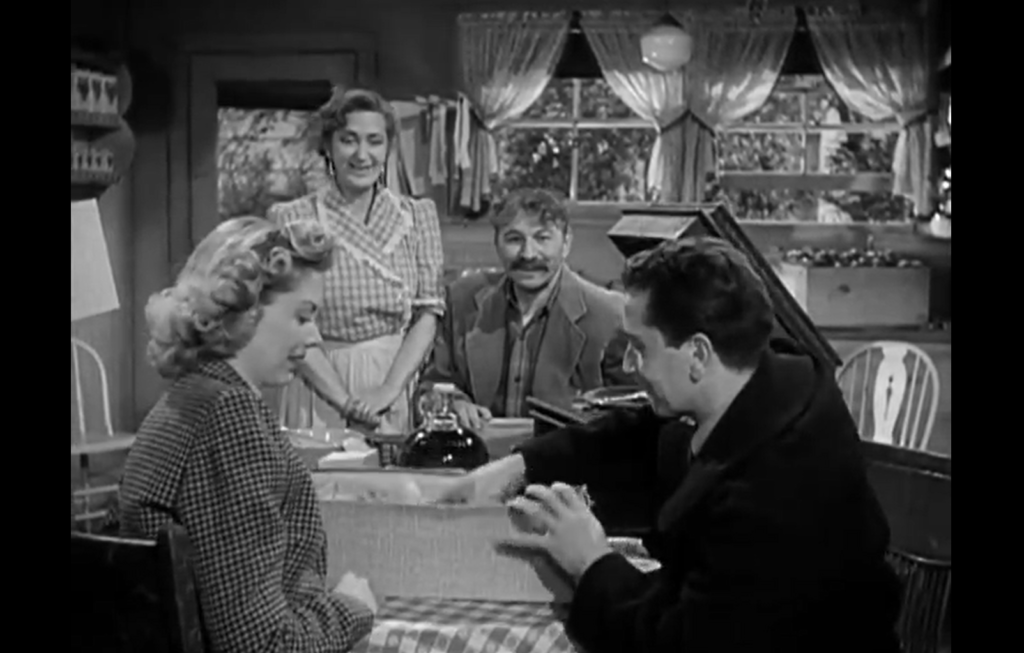
… his enthusiasm instantly deflates once he sees how his hard-working father has been literally hobbled by a ruthless crime boss.
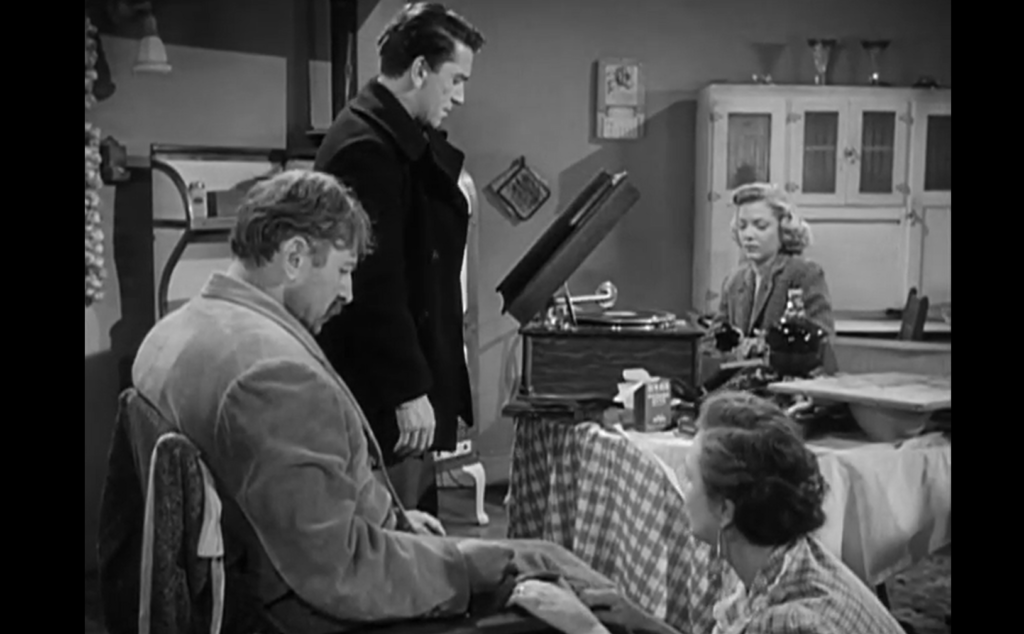
The remainder of the story plays out as an elaborate revenge flick within a landscape of omni-present corruption and hustling; while various individuals ultimately reveal themselves to have higher ideals, the prevailing ethos is one of sticking it to every other person you meet as often as possible.
The storyline is refreshingly grounded in “real life” concerns (i.e., food!); it’s safe to say you’ll never eat a crisp, delicious apple with the same carefree joy after witnessing what it takes for those apples to make it from a poor Polish family’s farm onto a rickety truck (only paid for in full once Conte steps in and insists):

across treacherous highways, and into a bustling marketplace where goons like Cobb and his minions will happily extort truck-drivers through any means possible. Even lowly “fortune tellers” (Cortesa is a thinly veiled prostitute) are caught up in the racket, though it’s clear she doesn’t want to be. Cortesa — believable and sympathetic in a femme fatale-ish role — is one among many accented characters in this film, showing the multi-national nature of working class individuals trying to survive in America; a shot of Conte making a phone call back home shows men of various ethnicities in the backdrop:
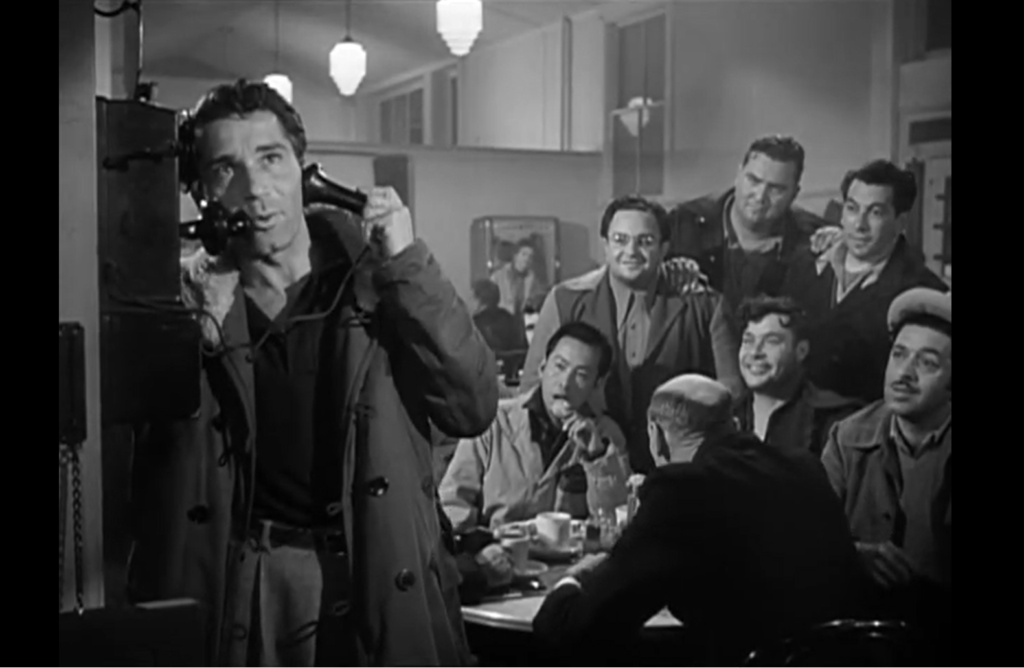
While the unduly optimistic ending of Thieves’ Highway defies its prior cynicism, enough genuine grief has occurred in the meantime that we can forgive this sudden shift in tone.
Redeeming Qualities and Moments:
- Richard Conte as Nick Garcos

- Valentina Cortesa as Rica
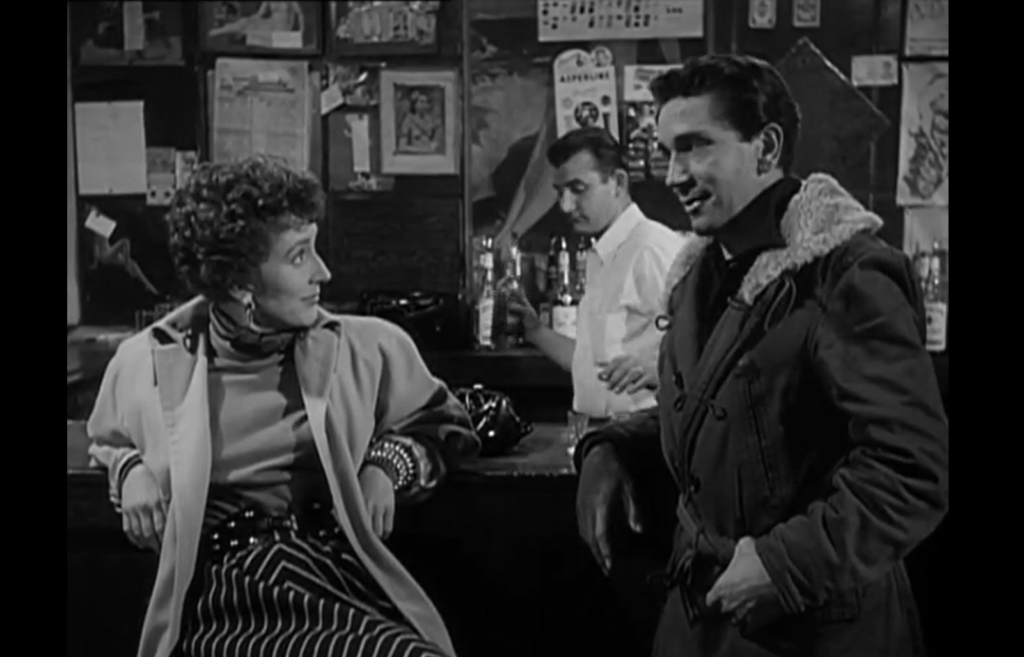
- Lee J. Cobb as Mike Figlia
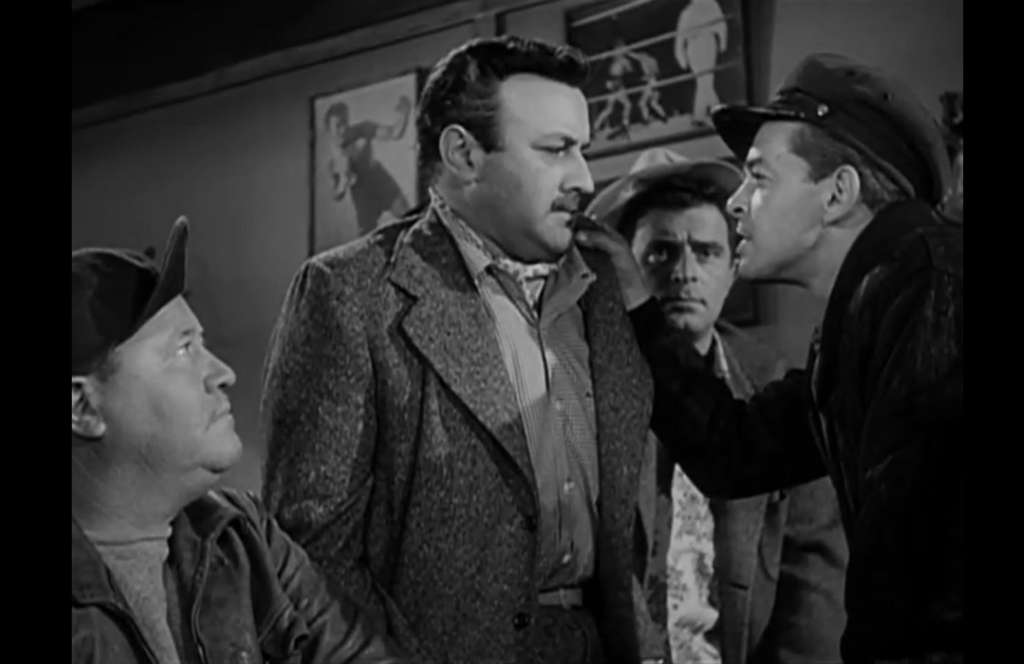
- Norbert Brodine’s atmospheric cinematography
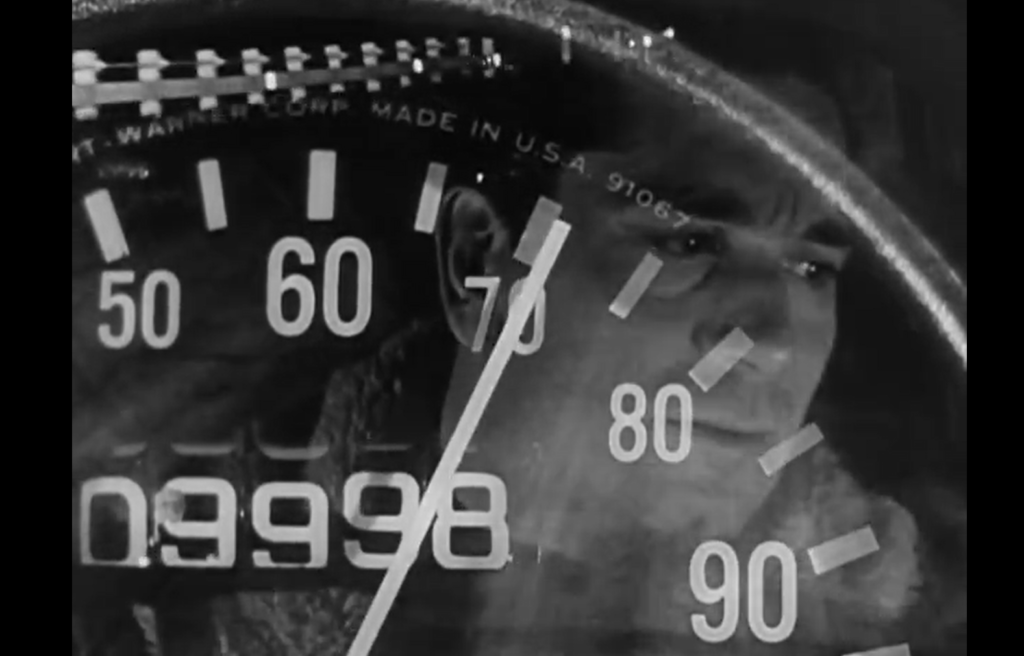
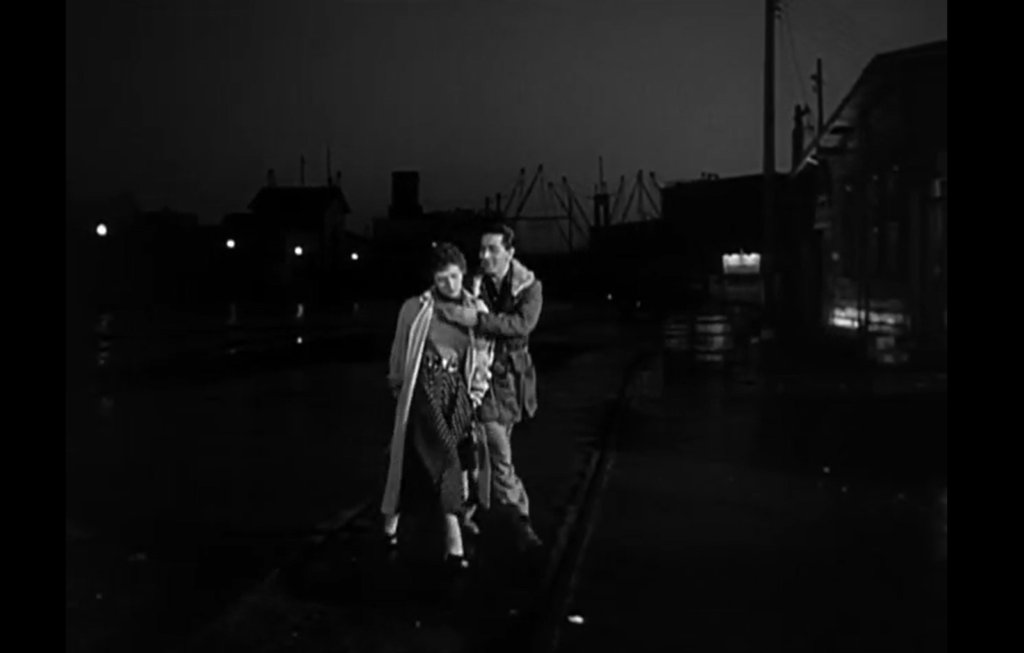
- Effectively realistic sets and location shooting
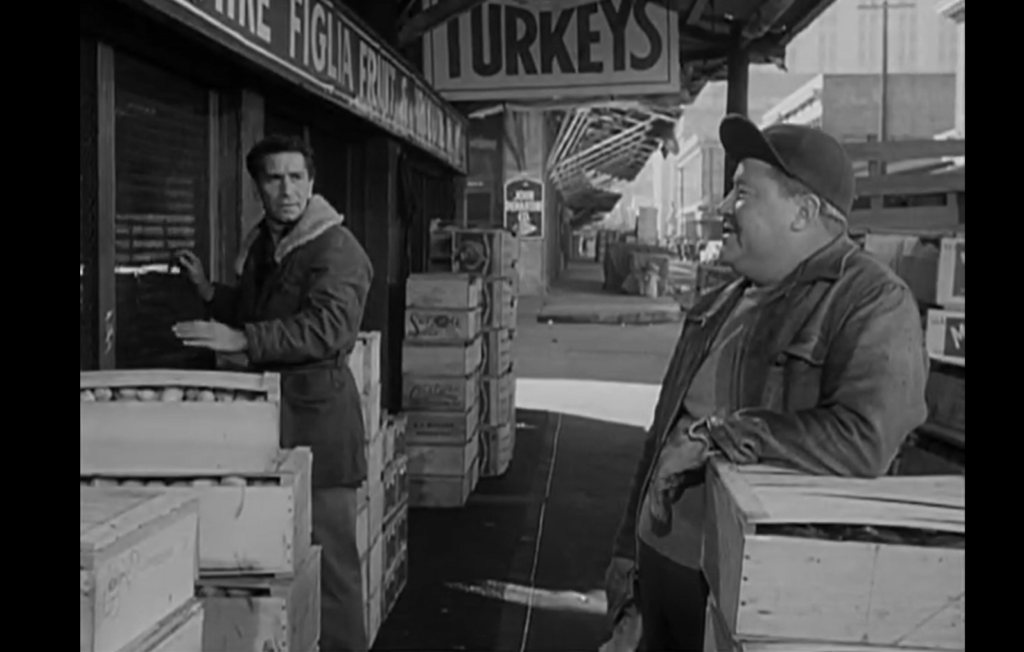

Must See?
Yes, as a powerful noir classic.
Categories
Links:
|

